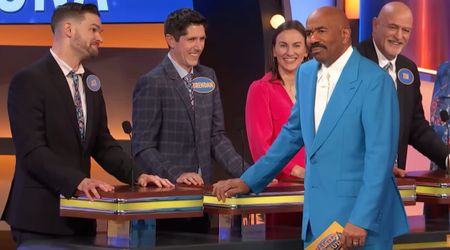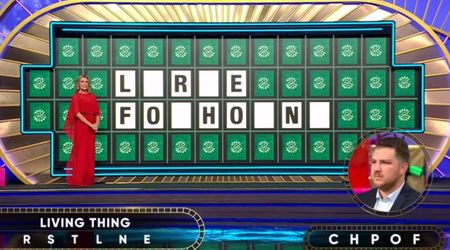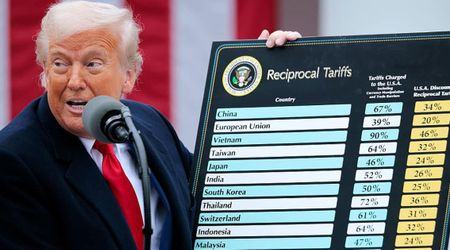Economist who won lottery 14 times used basic high school math — and without breaking any law

Although winning a lottery is purely about luck and anyone can hit the jackpot, the odds of that happening remain slim. People win the top prize in a lottery once or twice in a lifetime, but something like that happening 14 times for an individual, is beyond extraordinary. Back in the 90s, Romanian-Australian economist Stefan Mandel achieved this impossible feat, when he won the lottery multiple times along with his team, according to Hustle.
#DidYouKnow that a mathematician managed to win the lottery up to fourteen times? 💸 Stefan Mandel devised a formula through which he could generate five of the six winning numbers in a lottery draw. In the United States, he won up to 30 million dollars! 😆 pic.twitter.com/oslcZwTJR5
— TuLotero USA (@TuLoteroUSA) May 2, 2024
But this had nothing to do with luck and was achieved after figuring out how the system worked in Romania. Back in 1992, a ball machine at the Virginia State Lottery HQ spit out 6 winning numbers on live television 8… 11… 13… 15… 19… 20. In the coming days, the same person had secured a $27,036,142 jackpot, 6 second prizes, 132 third prizes, and 135,000 minor prizes collectively. What unfolded next was the strangest and the most interesting lottery story in history, one that involved thousands of international investors, dozens of complex computer systems, and a mathematical savant who had figured out the entire operation. What amazed most people is that he did all that without breaking a single law.

To bring the odds to 139,838,160 in 139,838,160, one needs to buy all the tickets, which sounds pretty impossible. But Mandel noticed that in certain lotteries the jackpot prize went up to more than three times the cost of buying up every single possible combination of the lottery, which meant that a return on investment was guaranteed. Hence he decided to pull it off and, "cover all possible combinations."
While doing that is not against the rules, it also wasn't how people typically play the lottery. He first had to convince enough investors to buy into his scheme. For example, a lottery requires 6 picks of numbers between 1 and 40. This would yield 3,838,380 possible number combinations. Assuming that the same lottery had a $10m jackpot, in theory, he could buy a ticket for every single combination at $1 each and be guaranteed a win and a decent profit after taxes. Over the next few years, he went on to convince many investors to pool their money together and create a “lotto syndicate," and set up a full-fledged automation system, a room full of printers and computers for an algorithm that pre-populated tickets with every combination.
Then Mandel's syndicate waited until a jackpot was 3x bigger than the cost of covering all possible combinations, before buying thousands of tickets. “Everyone said to me: You can not, you will not succeed! ” Mandel told a Romanian newspaper at the time. “Now, the voices that have long [cast me as] a dreamer have been silenced," he added. After spending countless hours analyzing theoretical probability papers and drawing information from the work of the 13th-century mathematician, Leonardo Fibonacci, he was able to establish a system that turned the lottery from a game of chance into one that could be cracked using calculations and a strategy.
He soon came up with the system that helped him and the investors win an insane amount of money. The number-picking system was called combinatorial condensation. This complex algorithm involved identifying lotteries where the cost of buying every possible combination is lower than the jackpot price. The key to this algorithm is to reduce the total number of combinations for the more manageable subset that still covers all the potential outcomes. By doing so, he was able to do something that people still discuss after more than 20 years.
























